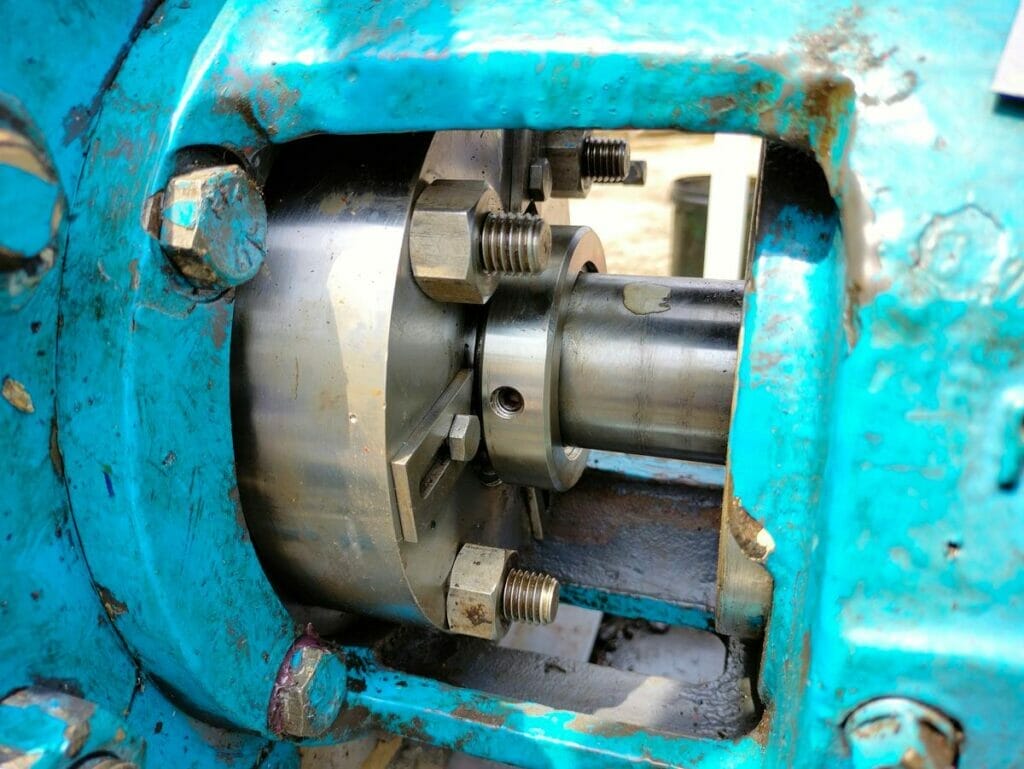Have you ever heard of pump seizing? It’s a common problem that can cause significant damage to your pumping equipment. In this blog post, we’ll dive into what pump seizing is, why it happens, and how you can prevent it from occurring. By the end, you’ll have a clear understanding of how to keep your pumps running smoothly and efficiently.

What is pump seizing
Pump seizing is a condition where the internal components of a pump, such as the impeller or rotor, become immobilized due to excessive friction or mechanical binding. This typically occurs when the clearances between the rotating and stationary parts are reduced, causing them to come into contact and generate heat. As a result, the pump may experience a sudden stoppage, rendering it inoperable.
Signs of Pump Seizing
Unusual Noises
When a pump begins to seize, it may produce unusual noises such as grinding, screeching, or high-pitched sounds. These noises often indicate that the internal components of the pump are experiencing excessive friction or are not moving smoothly, which can be a sign of impending seizure.
Reduced Flow or Pressure
A seizing pump may experience a significant reduction in flow or pressure. As the internal components begin to seize, the pump’s ability to move fluid efficiently is compromised. This can result in a noticeable decrease in the output flow or pressure, which can affect the performance of the system the pump is serving.
Increased Vibration
Pump seizure can also cause increased vibration. As the internal components start to bind or seize, the pump may vibrate excessively. This vibration can be felt when touching the pump housing or may be visible in the movement of connected piping. Unusual or excessive vibration is a clear indication that the pump is experiencing problems and may be on the verge of seizing.
Overheating
Seized pumps often generate excessive heat due to the increased friction between the internal components. The pump housing may become hot to the touch, and in severe cases, the heat may be sufficient to cause damage to the pump or surrounding equipment. Overheating is a serious sign that the pump is not operating correctly and requires immediate attention to prevent complete seizure.
What causes pump seizure
Excessive Metal-to-Metal Contact
Excessive metal-to-metal contact at rotating interfaces, such as wear rings and bushings, can lead to pump seizure. When these components experience increased friction due to reduced clearances or improper material selection, the resulting heat and damage can cause the pump to seize, preventing rotation and leading to failure.
Debris or Foreign Objects
Debris or foreign objects lodging between close-clearance parts can cause pump seizure. These contaminants can enter the pump through the process fluid or improper maintenance practices. Once trapped, they can damage surfaces, increase friction, and ultimately seize the pump, highlighting the importance of proper filtration and cleanliness.
Pipe Strain and Misalignment
Pipe strain, misalignment, and coupling issues can cause excess loads on the pump, leading to seizure. When the pump is not properly aligned with the piping system or experiences external forces, the resulting stresses can damage bearings, seals, and other internal components, increasing the risk of seizure.
Lack of Lubrication
Lack of lubrication is a common cause of pump seizure. When lubricant levels are low or the wrong type of lubricant is used, increased friction and heat can cause components to expand and seize.
Low Flow or Dry Running
Low flow or dry running conditions can cause pump seizure. Pumps require a minimum flow rate to maintain proper cooling and lubrication. When operated below this threshold or without any liquid, the lack of cooling and lubrication can lead to overheating, damage, and seizure.
High Temperatures and Corrosion
High temperatures and corrosion can weaken pump internals, increasing the risk of seizure. Excessive heat can cause components to expand and bind, while corrosion can degrade materials and reduce clearances. Both factors contribute to increased friction and the potential for seizure、.
Erosion from Particulates
Erosion from particulates in the pumped fluid can lead to pump seizure. Abrasive particles can wear down surfaces, increasing clearances and allowing debris to enter critical areas. As erosion progresses, the risk of seizure increases due to increased friction and the presence of contaminants.
Prevention and Mitigation Strategies
Regular Maintenance and Inspection
Implementing a comprehensive maintenance schedule includes regular inspections of the pump’s components, such as bearings, seals, and impellers. During these inspections, look for signs of wear, damage, or misalignment. Replace worn-out parts promptly to maintain optimal pump performance and reduce the risk of seizure.
Proper Lubrication
Ensure that the pump is lubricated according to the manufacturer’s specifications, using the recommended type and amount of lubricant. Regularly check the lubricant levels and quality, and replace or replenish as needed. Proper lubrication reduces friction and wear on moving parts, minimizing the risk of seizure.
Monitoring Operating Conditions
Continuously monitor the pump’s operating conditions, such as temperature, pressure, and vibration levels. Install sensors and monitoring systems to detect any deviations from normal operating parameters. If abnormal conditions are detected, investigate the cause and take corrective action promptly.
Proper Alignment and Installation
Ensure that the pump is properly aligned and installed according to the manufacturer’s guidelines. Misalignment can cause excessive vibration, leading to increased wear and the risk of seizure. Use laser alignment tools to achieve precise alignment and regularly check for any changes in alignment during operation.
In conclusion
Pump seizure is a serious issue that can cause significant damage to pumping equipment. Regular maintenance, proper lubrication, and monitoring for signs of wear are crucial to prevent seizures. Consult with a professional to ensure your pumps are operating safely and efficiently. Don’t wait until it’s too late – take action now.


